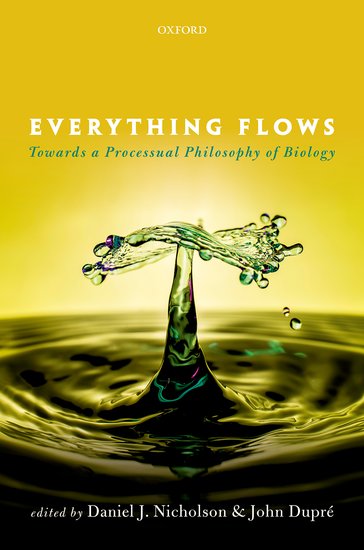That life is hierarchically organized, with species composed of populations, populations of individuals, individuals of cells, cells of organelles, organelles of genomes, genomes of chromosomes, and chromosomes of genes, is so obvious an observation that it is quite remarkable that we have no general explanation of why this is so. –Leo Buss, The Evolution of Individuality, p. 183









